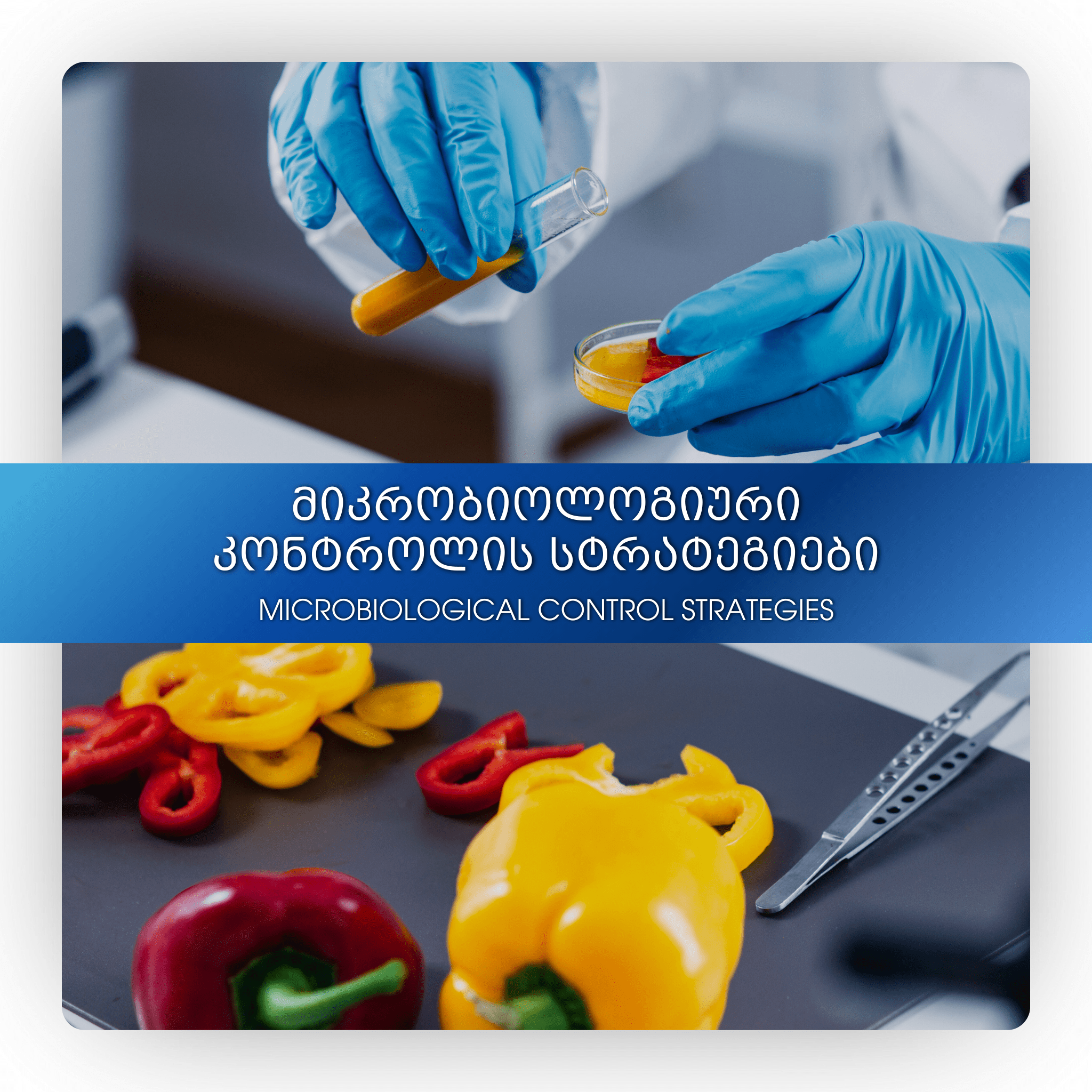Microbiological Control Strategies
Microbial control programs play an important role in the control of pathogenic microorganisms in food. The purpose of microbial control is to identify food safety risks due to pathogenic microorganisms present in food products. A successful program is based on the prevention, inhibition and removal of harmful microbes.
Microbial control is an essential component of a food safety plan and should include these two concepts:
◾️ Identifying microorganisms and establishing sampling and testing requirements;
◾️ Microorganism control through programs such as sanitation, personnel practices, temperature control, environmental testing, Hazard Analysis Critical Control Point (HACCP) and water quality.
Foodborne illness can be associated with the following microbes:
◾️ Bacteria
◾️ Mushrooms;
◾️ Viruses;
◾️ Algae;
◾️ Parasites.
Symptoms range from mild to life-threatening.
Components of a microbial control program:
Risk Assessment – The first step in establishing a microbial control program is to conduct a risk analysis that identifies the types of microorganisms.
Sampling - The sampling program determines the frequency, sources, and sample size of the tests to be performed.
Analytical Testing - Testing procedures should be established using approved methods from authoritative sources, such as the Association of Official Analytical Chemists (AOAC), Microbiological Testing Compendium, and FDA Bacteriological Analytical Methods.
Laboratory Security – Security protocols should ensure that access to the laboratory is limited to authorized personnel.
Validation (Inspection Sample) – An inspection sample program is based on sharing a sample between multiple technicians (internal and third party) and comparing the results to identify non-conformities with procedures and determine corrective actions.
Education and Training – Standard Operating Procedures (SOPs) should be developed and all personnel should be trained for the microbial control program.
Common microbial control strategies in food processing include:
Temperature Control: Temperature control of food products is of the utmost importance to ensure food safety and the business operator must ensure that food is always adequately heat treated, cooled or reheated to minimize the risk of harmful levels of bacteria in the final product. For example, refrigeration can slow the growth of bacteria, while pasteurization and sterilization can kill most microorganisms.
Chemical Preservation: Chemical methods of food preservation are essential for the safe preservation of food products. Salt, sugar and smoking are three different ways to preserve food using chemicals.
◾️ Salt preserves food by expelling moisture from it, inhibiting the growth of bacteria. Salt also has a flavor enhancing effect and can be used to add flavor to foods.
◾️ Sugar keeps food in an environment where microbes cannot live; The high sugar content in sugary foods inhibits the growth of microbes.
◾️ Smoking preserves food by covering it in a layer of smoke. The smoke prevents the growth of bacteria and other microorganisms, and adds flavor to the food.
Methods of preserving food by salting, sugaring or smoking are available and easy to use.
Biopreservation: refers to the use of natural products or the addition of microorganisms to modify food products to prevent the growth of harmful microorganisms in food. For example, lactic acid bacteria can be added to meat to prevent spoilage. The most commonly used biopreservatives are bacteriocin, essential oils, herbs and spices, vinegar, fermentation, sugar and salt.
Irradiation: Food may be treated with ionizing radiation such as gamma rays, X-rays, or electron beams to kill microorganisms. This method is approved for use in many countries and is used to preserve meat, poultry, fruits and vegetables.
The irradiation process takes place after food production and packaging. The product enters a chamber where it is exposed to a specific amount of radiation. The radiation penetrates the food and kills microbes or prevents them from multiplying. Irradiation is another protective step, but it does not replace other food safety measures.
Irradiated food does not lose a significant amount of nutrients during the process. The loss of nutrients during irradiation is similar to the amount of nutrients lost during heat treatment, freezing, canning, and other food safety methods.
